How to Make Sage Tea
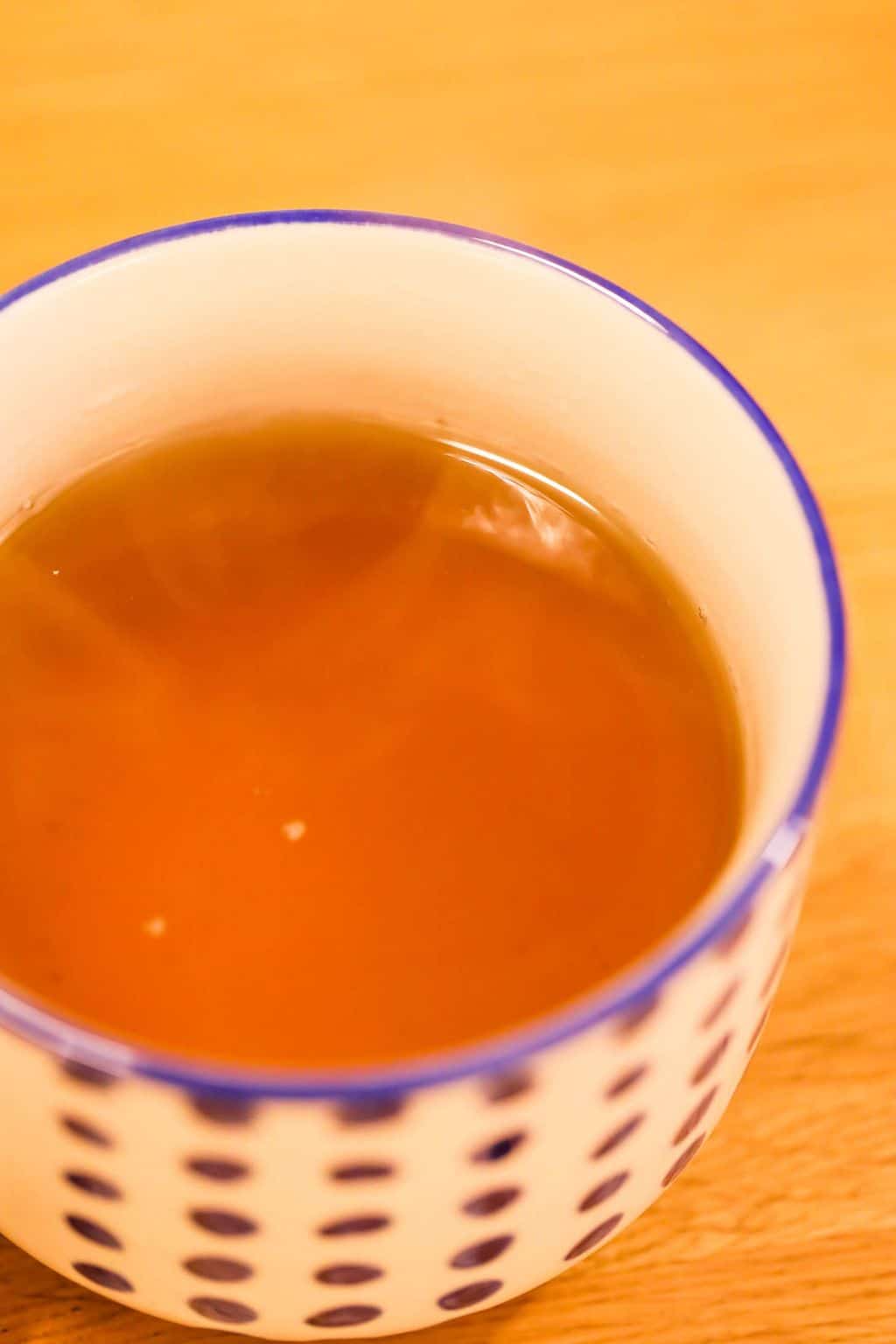
Sage tea is something I remember from childhood.
Anytime someone had a stomach ache they would be given it to drink.
We were told that it was an ancient remedy for every problem that is stomach related.
We had an abundance of sage growing in our garden that was dried and stored for ‘medicinal’ purposes.
And everyone in the household swore that it was the thing for stomach pain, and they were right.
There is no question that sage tea is a bit of an acquired taste, but it is actually good, and a bonus for your digestive system.
I went looking to find out for myself and I found the following:
“Antioxidants in sage can soothe an upset stomach and relieve bloating, constipation, cramping, diarrhea, flatulence and heartburn”
So they were right, there is a benefit to sage tea, in fact it sounds like it is good for a lot of things.
Sage was so revered in Ancient Rome that a ceremony was required to pick it, involving special tools and clothes.
What is Sage Tea?
Sage is a member of the mint family, and is native to the Mediterranean region, but now grows all over the world.
Sage tea is simply tea that is made from steeping sage leaves or tea bags in boiling water.
Normally found in the herbal tea section of grocery stores, it is also very easy to make yourself.
An easy to grow plant, you should consider having one in your backyard herb garden as a source of fresh sage.
Sage Tea Benefits
Sage is a wonderful anti-inflammatory thanks to the rosmarinic acid it possesses.
It is a good natural detoxifier, kills bacteria, improves digestion, and has a load of antioxidants.
Also, sage tea benefits memory and is supportive of brain function.
It lowers cholesterol, and blood glucose, and can even be used externally for healthier hair.
Drinking sage tea can help menopause symptoms in menopausal women.
Supposedly great for a sore throat, can help with weight loss and control blood pressure.
Chewing on fresh sage leaves (if you can stand the bitterness) is good for your gums and oral health in general.
There are even bath salts you can make using sage extract, or essential oil, for a comforting and relaxing soak.
Just so you are aware, there can be side effects if you drink way too much sage tea.
From what I have read, I have found that more than 3 to 6 cups a day is considered as too much.
Enjoy in moderation!
But not if pregnant or suffer from epilepsy.
Drying Sage Leaves
There are several methods for drying sage, starting with air drying which I think is the best if you have the time.
Wash and pat dry the leaves and remove and either tie the ends of the stems together and hang.
Or remove leaves from the stems and dry on a baking sheet turning every couple of days.
As long as there is good air circulation, the leaves will dry nicely over time for use when you are ready.
An easy way to dry sage leaves is by using a food dehydrator if you have one, simply follow the instructions.
You can also dry the leaves in an oven by placing the leaves on a baking tray and setting the oven to its lowest setting.
Prop the oven door open with a wooden spoon for added air circulation.
Check often so as not to burn the leaves, this method can take several hours.
How to Make Sage Tea
Common sage, salvia officinalis, has been used for centuries to make a herbal, naturally caffeine free tea.
The word salvia, comes from the latin word salvare which means to save or cure, which is interesting all by itself.
You can use both fresh and dried leaves to make this tea, with dried leaves making a stronger brew.
Simply put the washed fresh leaves into a mug and pour boiling water into the cup to cover the leaves,.
Let steep for ten minutes.
With dry leaves, place them in a pot and cover with water.
Bring to a boil and cook for 5 minutes.
Strain the leaves into a cup and enjoy.
Adding Different Flavors
A common thing when making this tea is by adding the sage flavor to black tea, giving you both the tea and sage flavor.
Another thing that mixes well with sage tea is lime juice.
Often black dried lime is added when boiling the leaves.
Or try a spicy bedouin tea blend that has sage, thyme, cardamom pods, cinnamon stick, black tea and sugar.
Add all the ingredients to a cooking pot and bring to a boil.
Boil for five minutes, let steep for five minutes more, strain and serve.
I find that some traditional tea recipes are the best.
Leave the black tea out if you want it to be caffeine free.
Storing Sage Leaves
Refrigerate fresh sage leaves like you would other herbs, in a bag with a paper towel to extend their fresh life for up to five days.
If the sage is covered with olive oil it can remain in the fridge for up to three weeks.
Another way to store for the long term is to wash and remove the leaves, pat dry, place in a plastic bag is a single layer and freeze for up to a year.
You can also dry sage as explained above, there are generally two kinds you can end up with.
Rubbed sage, when you take your dried sage physically rub it between your fingers.
It ends up being light, fluffy and velvety.
The type you will come across is the ground variety which will be more like a powder.
Sage can also be used to flavor certain foods for longer keeping.
You can put your dried sage in things like honey, butter, and even marinades.
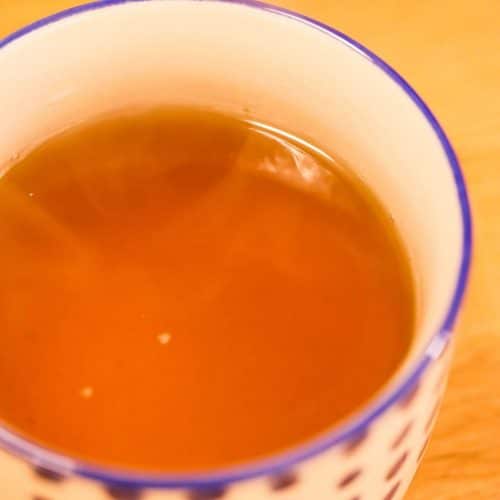
Sage Tea Recipe
Ingredients
- ¼ cup Dry Sage Leaves
- 2 cups Water
Instructions
- Place the ingredients in a pot and boil for five minutes.
- Let steep for an additional 5 minutes.
- Strain and serve.

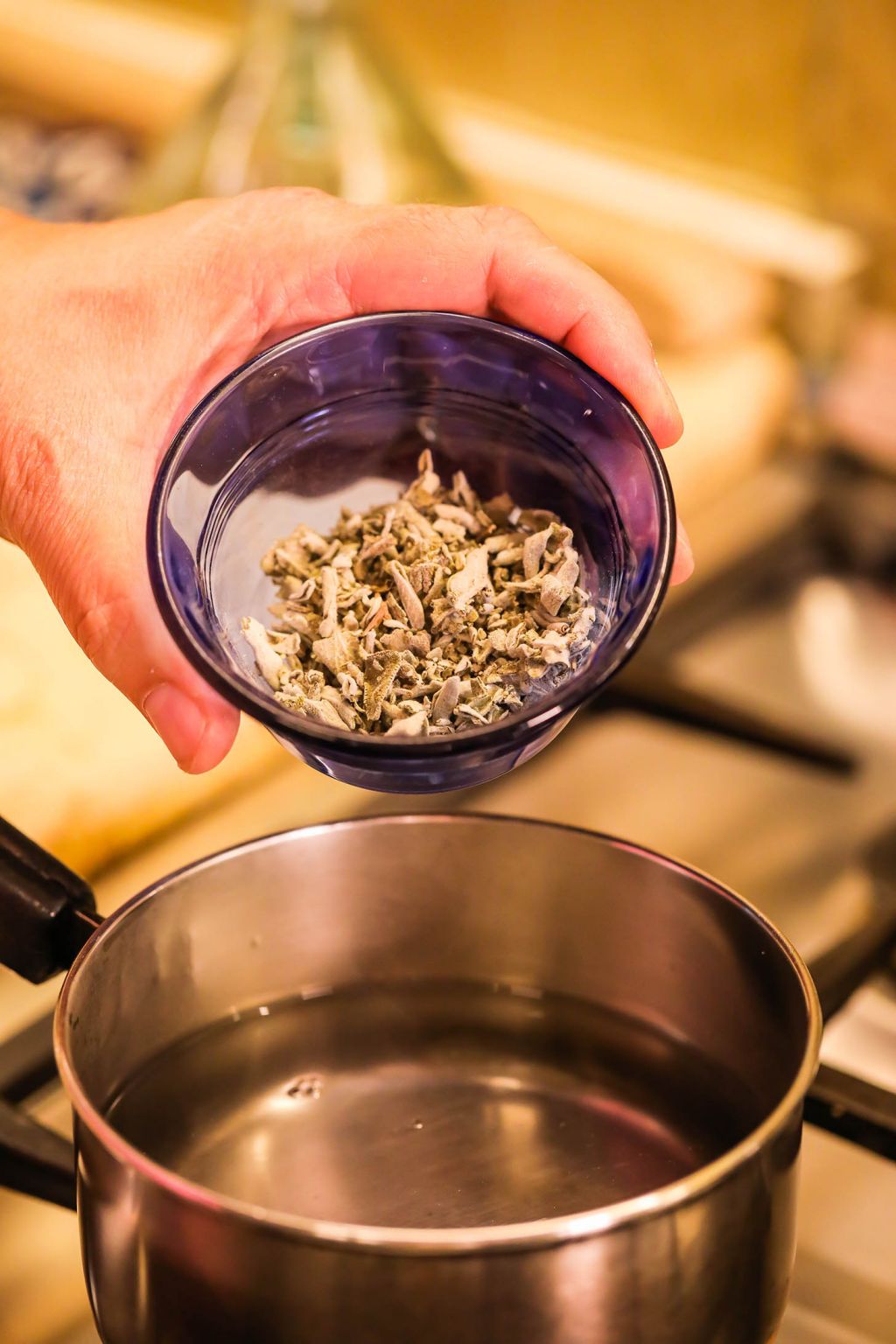
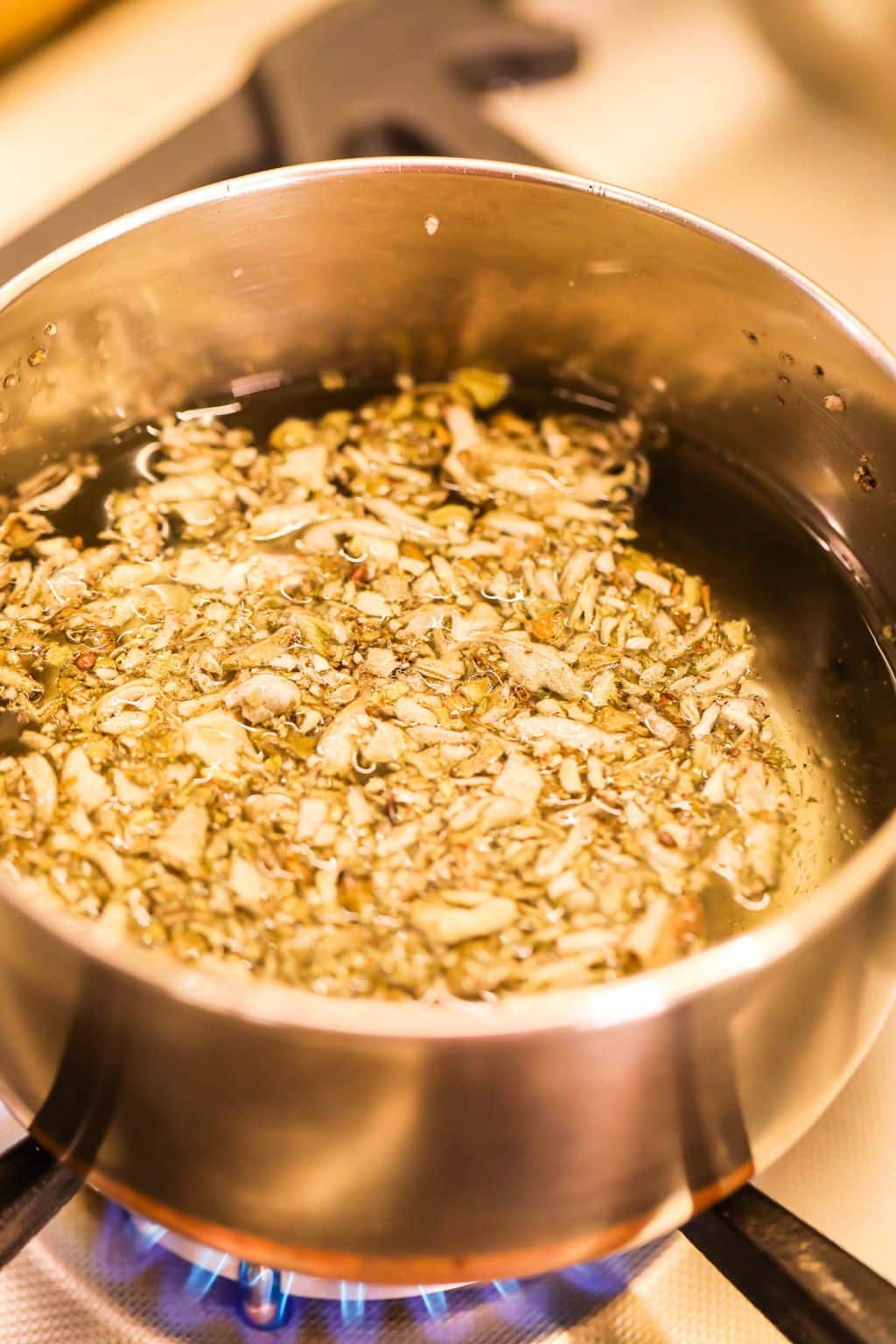
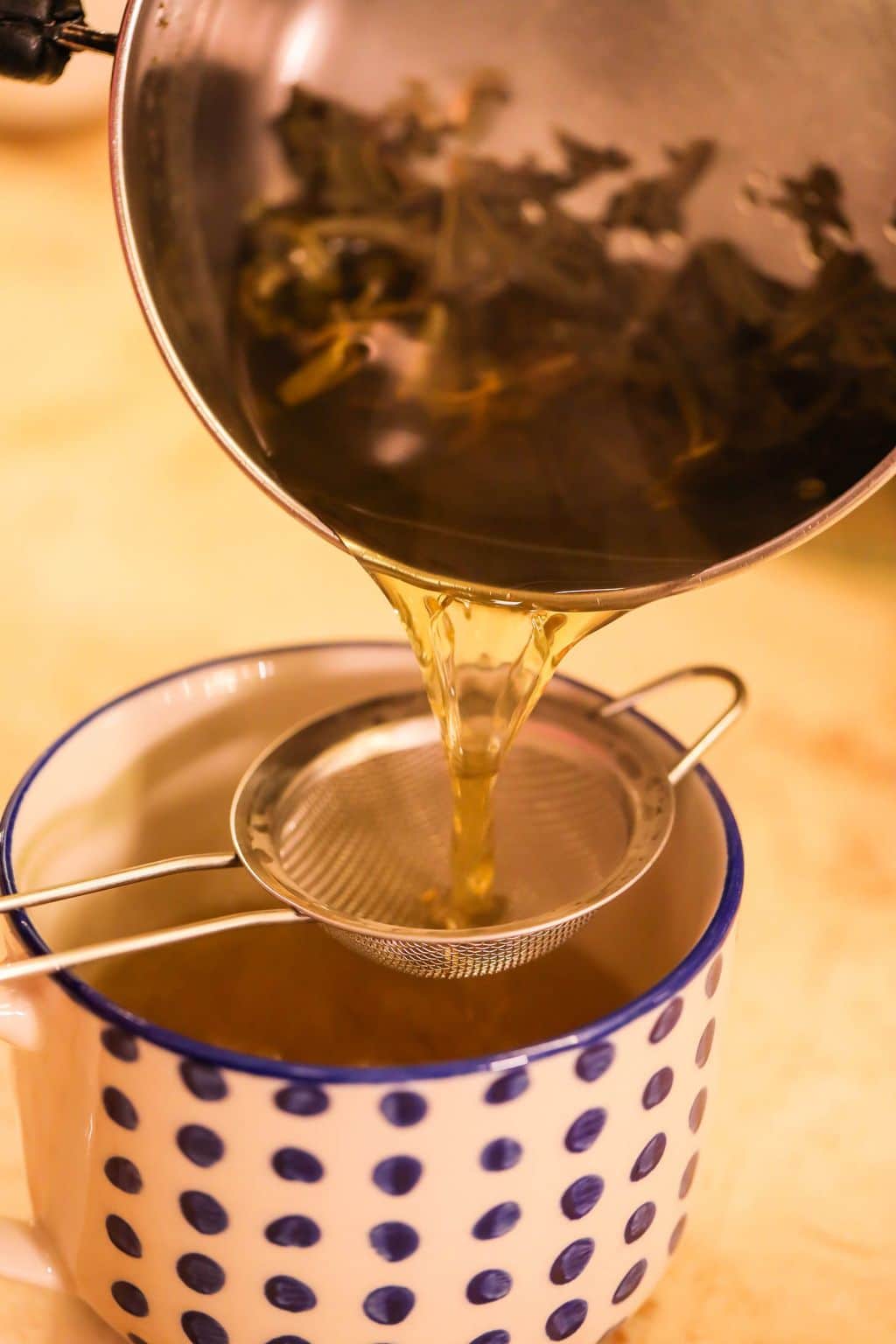

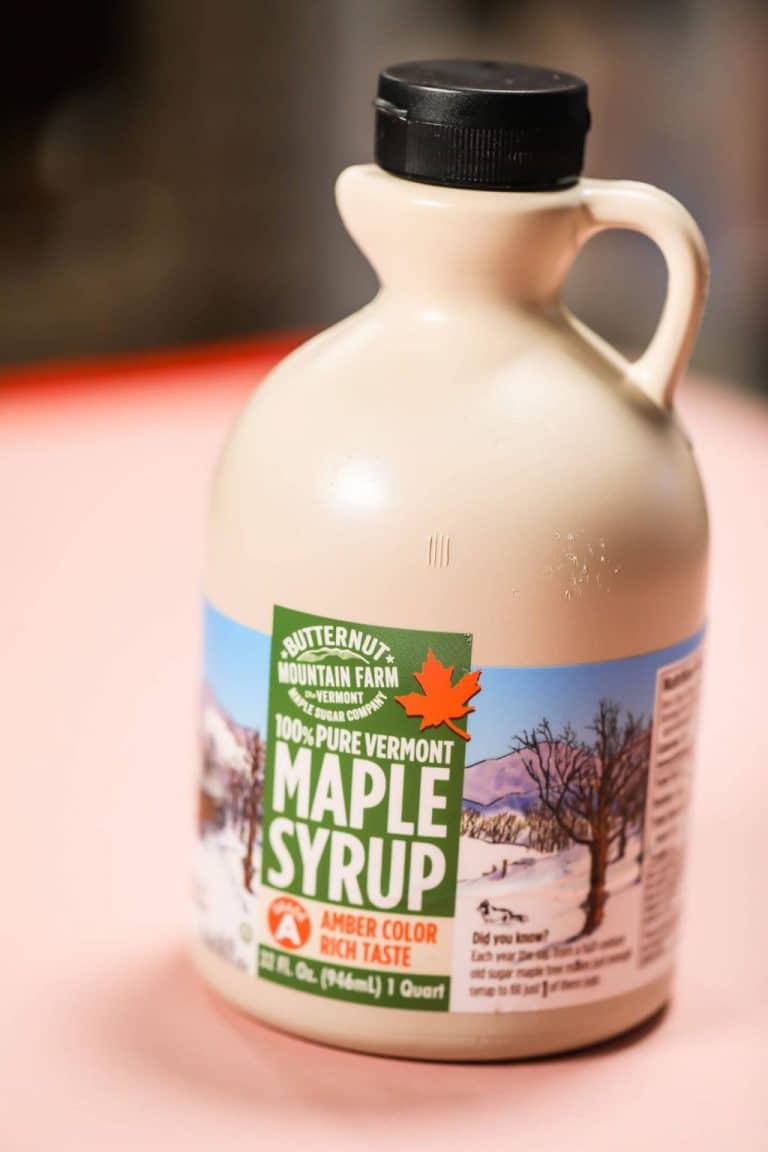
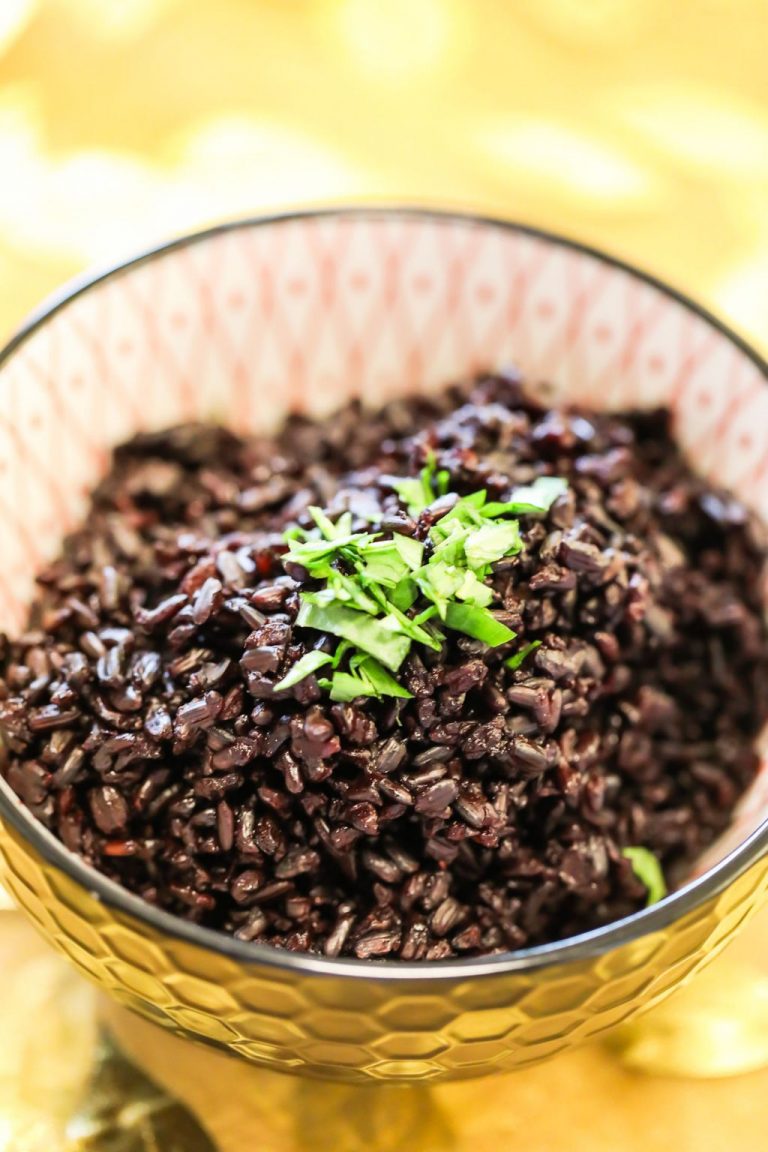
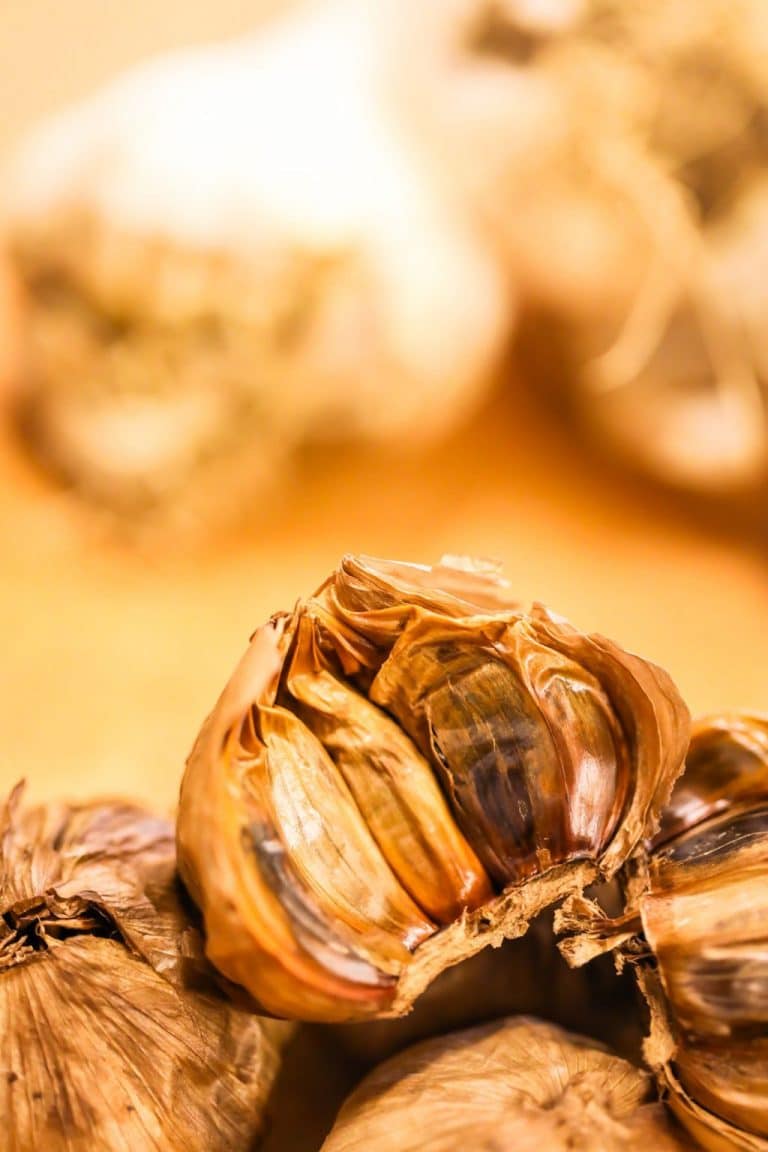

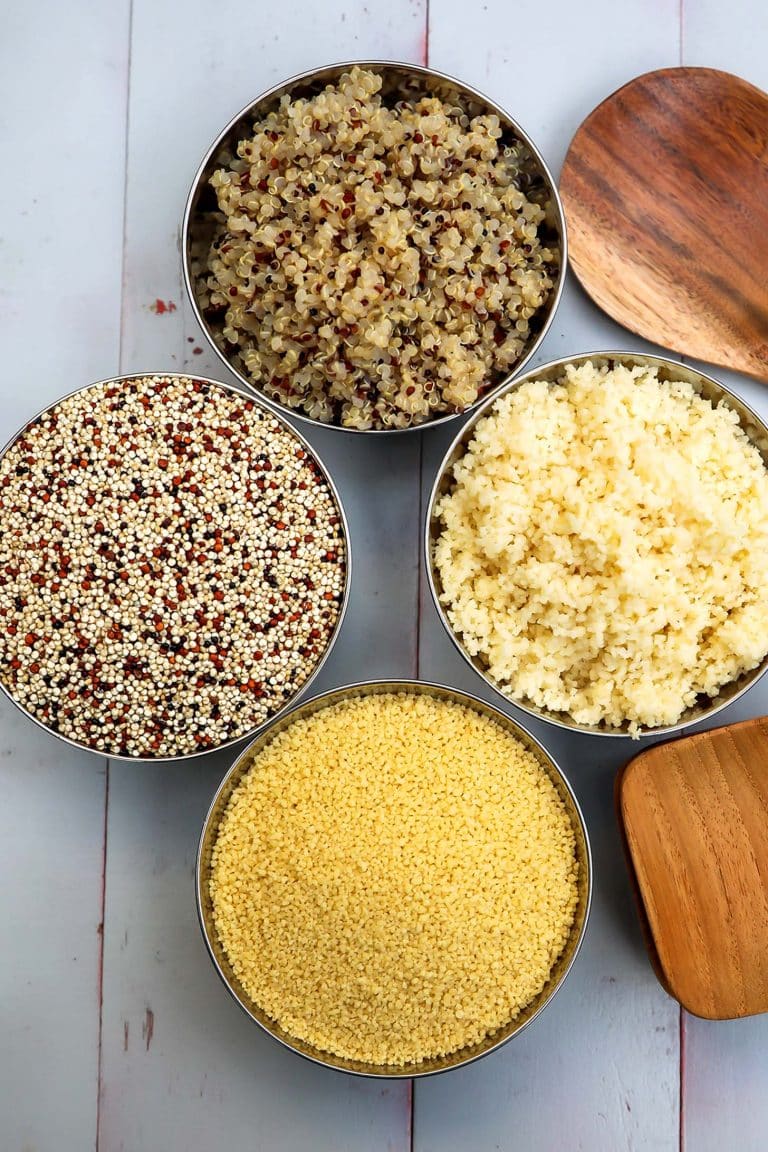
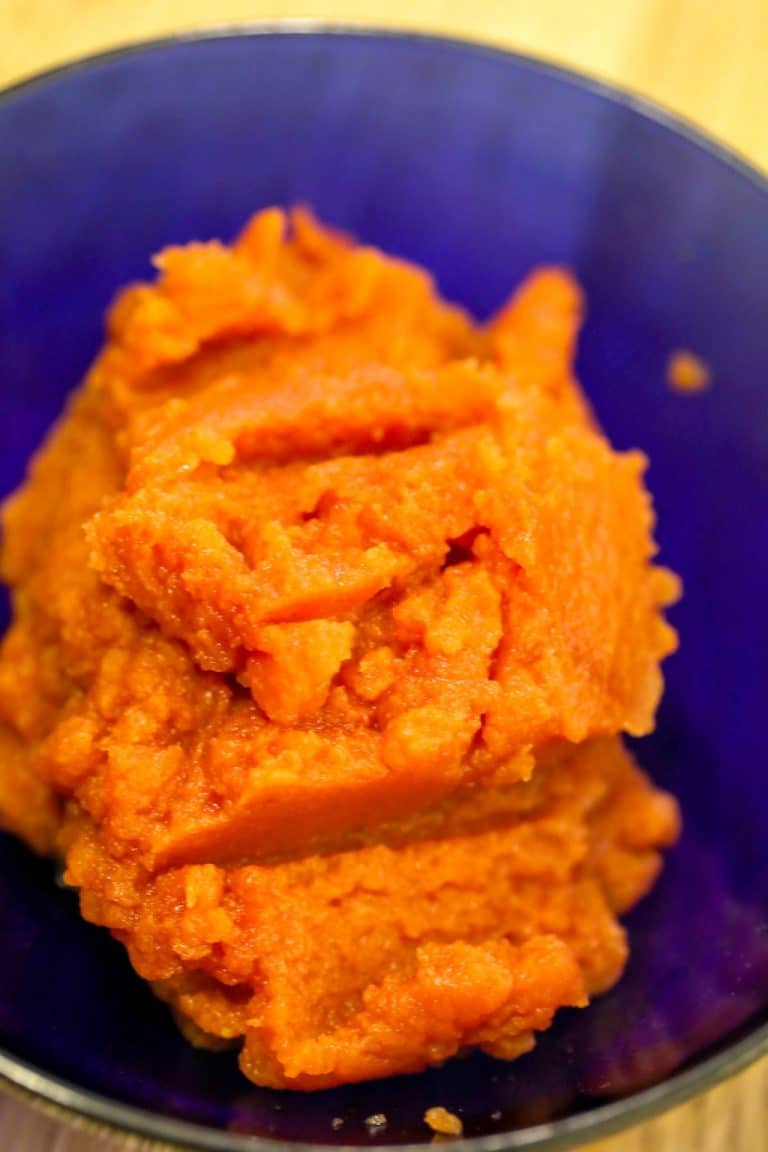
Thank you for this information on sage tea. If I wanted to make tea using rubbed sage leaves (store bought), how much should I use? Do I still boil it?
Thanks for getting in touch! The best way to do it with the rubbed sage is to put it in a small sieve (or tea ball), pour boiling water through the sieve. And leave the sieve in the water allowing the sage to steep for five minutes or so. I hope the helps!